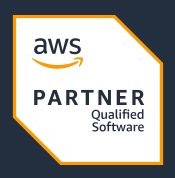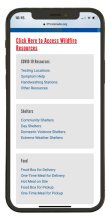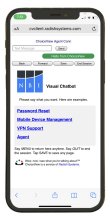
I like my Amazon Echo Show. I have it in the kitchen. I talk to it and it magically shows me visual information in the form of images, diagrams, and pages.
This is the communications mode I’d like to experience on phone calls I make to businesses. I’d like to talk on the phone as usual and see visuals on my smartphone or on my tablet or computer. If I reach a bot or IVR, I’d like to see a visual menu and be able to select from the menu by talking or tapping. If I reach a live person, I’d like them to show me relevant visual information during the call instead of tediously speaking it back. I’d want to be able to save any visual information received for future reference.
Easy Implementation for Businesses and Developers
On the business side, companies should be able to easily add visual capabilities to their existing systems. I realize they’ve invested considerable time, money, programming, testing, and other resources in implementing these systems. Of course, if they’re in the market for a new system, it should come with a voice-and-visual CX.
Likewise, developers would add visual capabilities to their voice apps through an API that’s part of their standard development environment. Just place a functional block in the call script and connect it with lines.
A Solution Already Exists
It may come as a shock, but Radish Systems already provides all these capabilities through its ChoiceView® product suite and developer tools. It’s the best kept secret in the industry! And it’s all protected by deep intellectual property.
The ChoiceView Difference
ChoiceView is ideally suited for AI-based systems. It allows the user sequence to be generated by AI at each step, totally under control of one automated system. This is quite different from passing control to a website that can only provide a fixed, deterministic response. ChoiceView systems, as a result, are easy to deploy, program, enhance, and maintain.
Choiceview for Amazon Connect is an easy way to prototype conversational AI systems. You simply insert the ChoiceView lambda in an Amazon Connect contact flow. ChoiceView does all the heavy lifting of dealing with the visual session. Contact flows take addvantage of all the Connect features — natural language processing, Lex, call queuing and call distribution — and AI can be plugged in as desired.
When a live agent is needed on a call, ChoiceView Agent allows them to communicate with both visuals and voice. Further opportunities exist for AI to assist the agent in selecting appropriate visuals to present during the conversation.
Contact Radish to learn more and see a demo of ChoiceView in action.
“Now I See What You’re Talking About!”™




